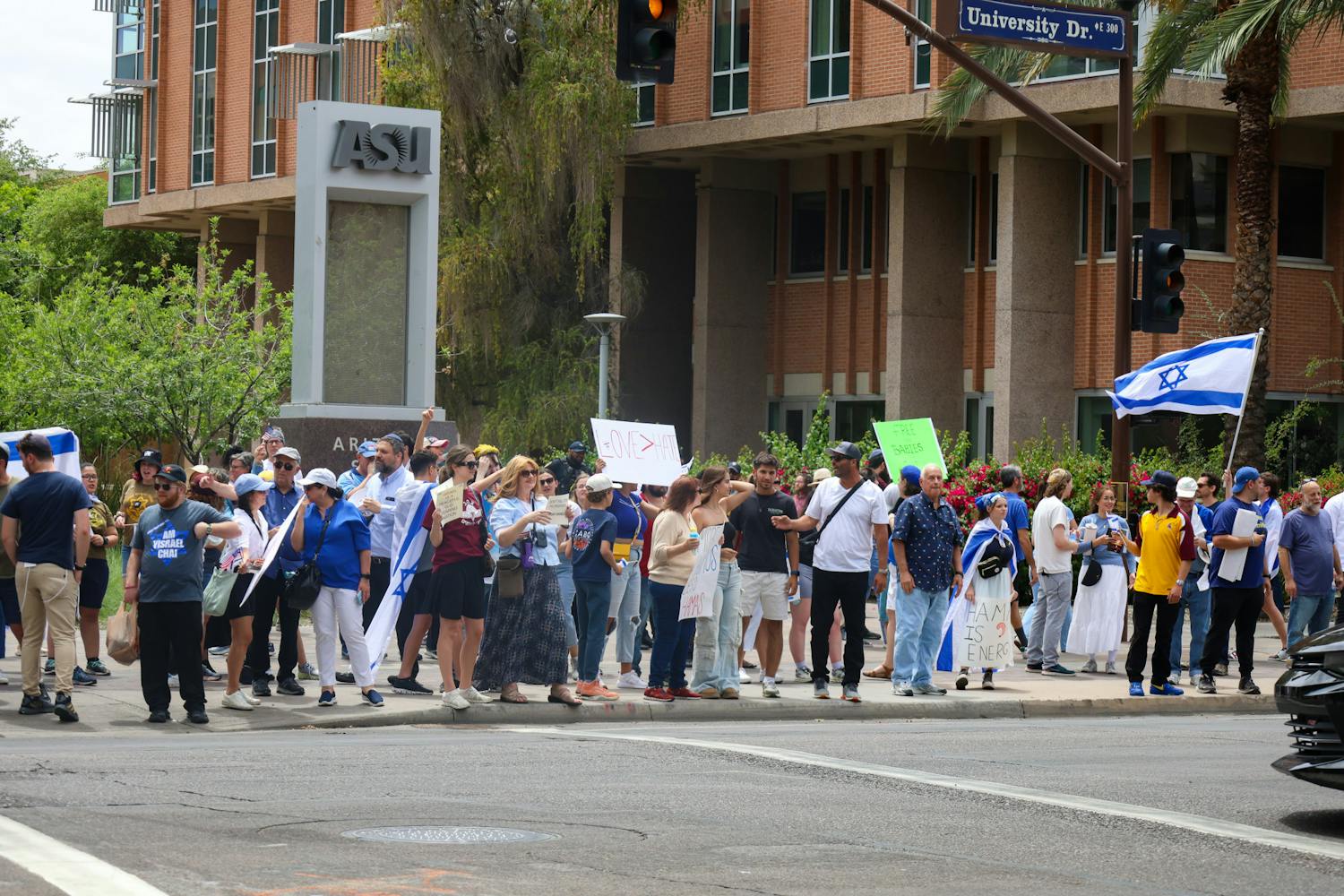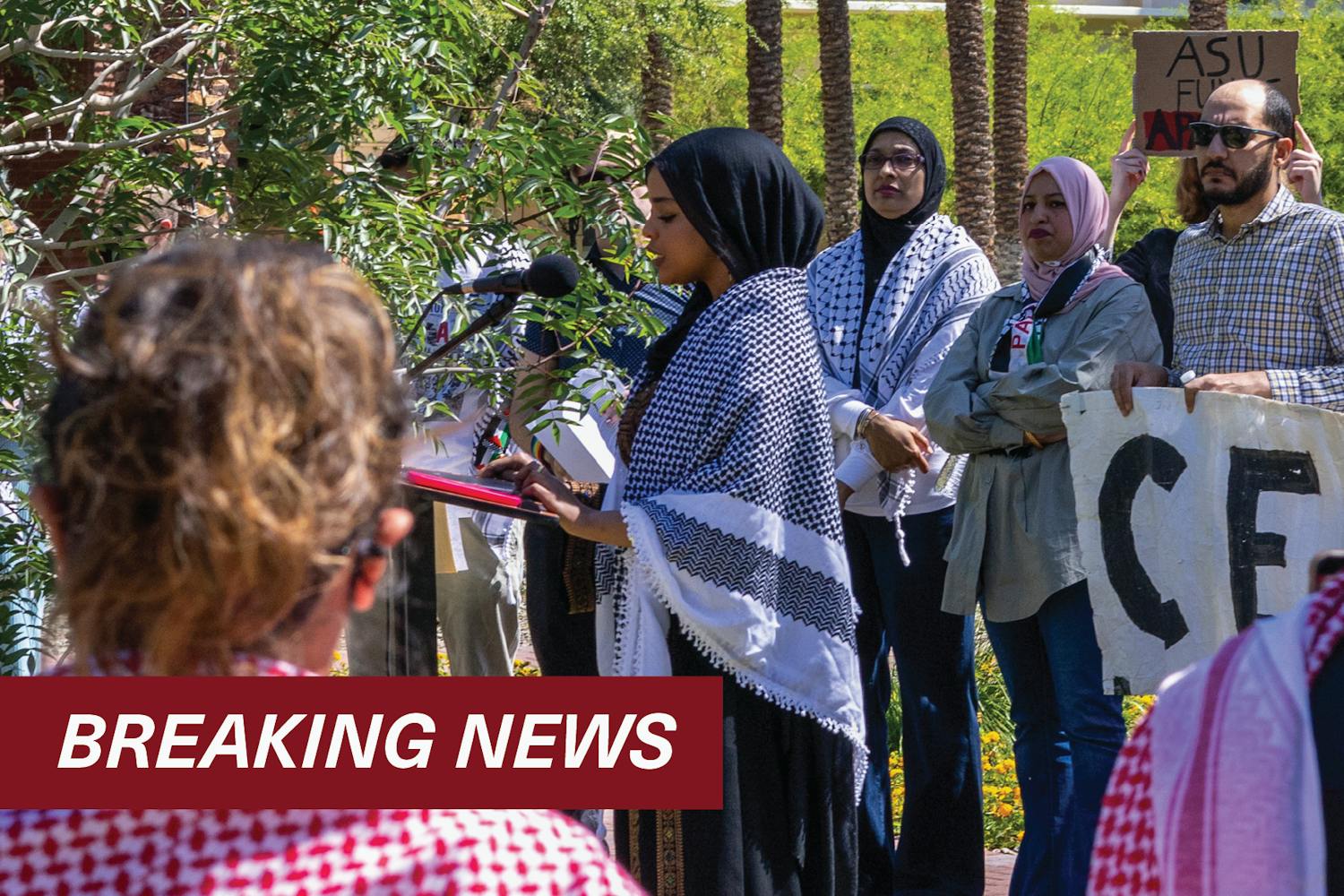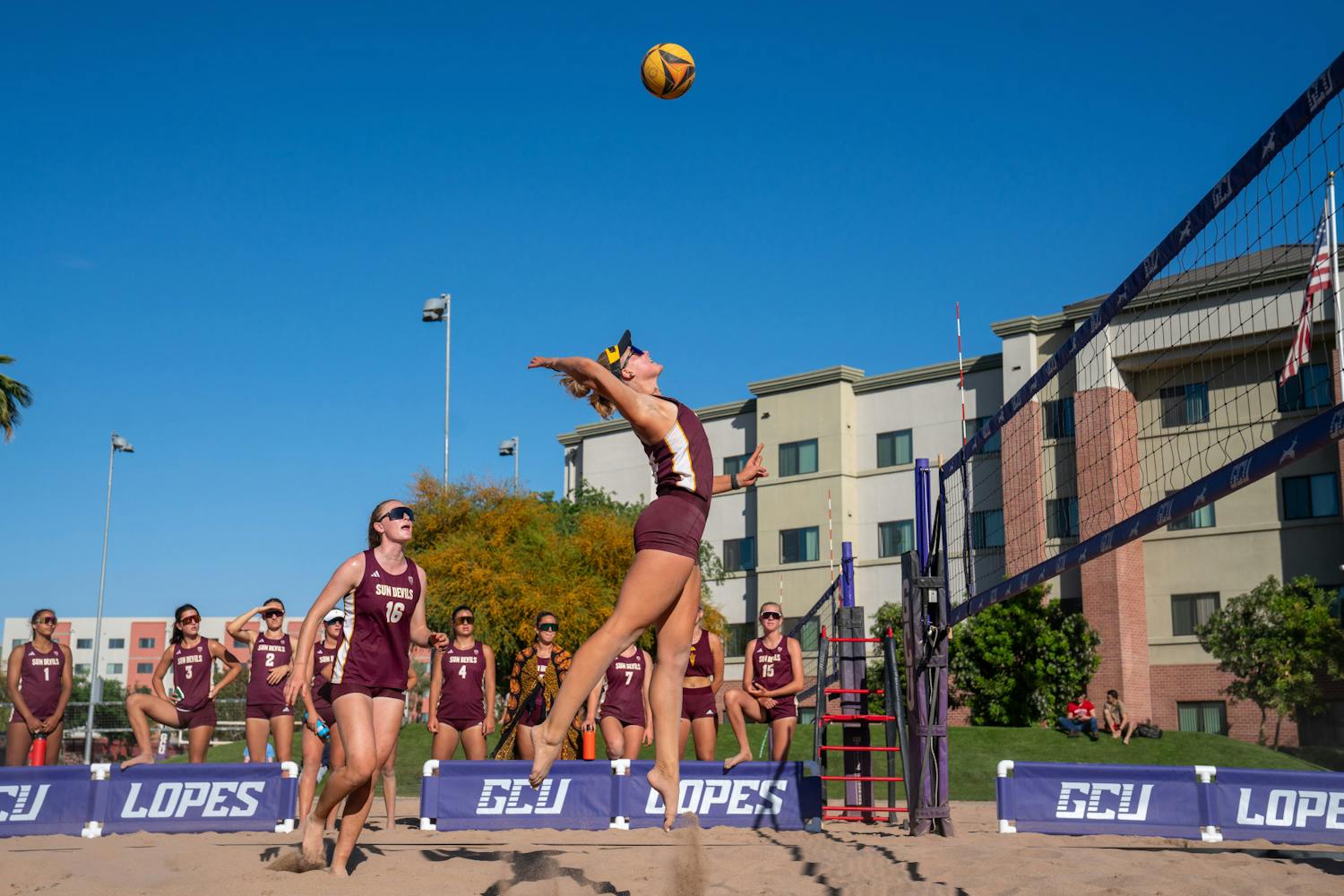[slideshow_deploy id='152462']
The grand opening of ASU's Alameda building, which is home to several natural history collections, hosted dozens of people, including students, professors and researchers.
Around nine different collections were on display when the facility opened its doors officially for the first time Thursday. Cheers erupted as ASU officials snipped the massive red ribbon in half and welcomed natural history enthusiasts to see all the exhibits.
Nico Franz is a professor at the School of Life Sciences at the University and the insect curator. He was hired three years ago and is charged with overseeing some of the collections, which has its own history and specimens, Franz said.
“We’re very giddy,” Franz said. “I’m just happy because I feel like this could have gone a number of ways when you move off campus.”
The building is at Alameda Drive and Hardy Drive, which puts it just southeast of the Tempe campus.
“Right now ... there is more coherence to the group and general agreement that overall everybody won,” he said.
Franz said it was about a three-year process to get the collections and exhibits moved to the new location. Construction began in September last year and was completed in April.
“There was a lot of planning that went into it and a lot of final touches and hassles,” Franz said. “It was a combination of finishing the final renovation and then rolling out the content at the same time.”
One of the professors housed one of his own collections in the herbarium area of the building. School of Life Sciences Professor Leslie Landrum collects guava products, such as drinks and candies, from all over the world. His collection is housed in a tall glass case and labeled with the origin of the product, which comes from across the world.
Landrum said he wanted to show the economic importance of the fruit.
“No one knows quite where they began,” Landrum said.
Landrum said many of the names in different languages sound similar and the fruit has many medicinal uses as well.
“People use them in different ways,” Landrum said. “People understand it’s medicinal even if you’re in Africa or Asia.”
Of the many that gathered at the opening, biological science sophomore Kellie Kodama had just started her first week as an intern at the facility.
“I never thought about working with plants,” Kodama said.
Kodama said that the internship is great so far and it’s not as stressful as some others in the field.
SLOS Interim Director Bert Jacobs said in a speech after the ribbon-cutting that he wants more for the building than just research.
“I really do want to welcome the community here today,” Jacobs said. “I hope this is really just the first of your many visits to this facility.”
Reach the reporter at jwilli62@asu.edu or follow him on Twitter @JonWilliams_23
Like The State Press on Facebook and follow @statepress on Twitter.



